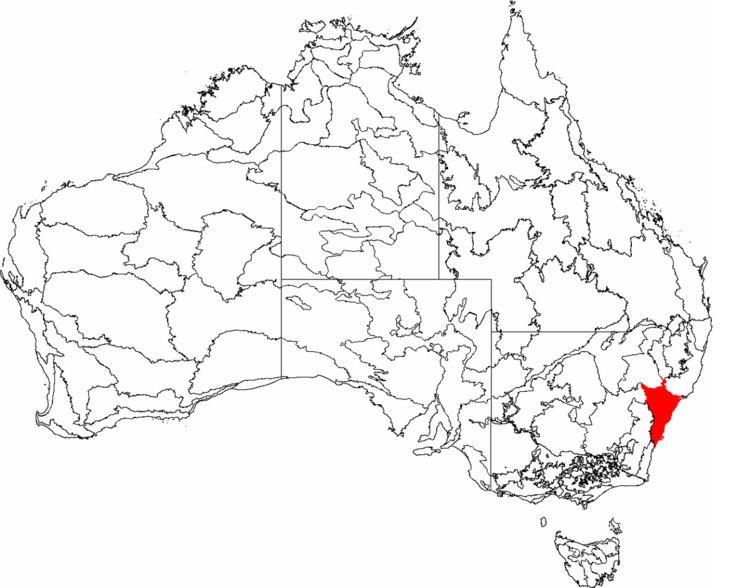Language group: Yora | Group dialects: Darkinjung | |
 | ||
Location: | ||
Kuringgai (also spelled Ku-ring-gai, Kuring-gai, Guringai) ([ɢuriŋɡai]), a group of indigenous people of Australia, are those Australian Aborigines that were united by a common language, strong ties of kinship and survived as skilled hunter–fisher–gatherers in family groups or clans scattered along the coastal area of what is now known as the Sydney basin, in New South Wales, Australia. Their traditional territory spreads from the north of Sydney Harbour, through Lane Cove River, Middle Harbour, Pittwater, the Hawkesbury River, Broken Bay, Brisbane Water, and Central Coast to north of Tuggerah Lakes.
Contents
Map of Ku-Ring-Gai, NSW, Australia
Etymology
The indigenous people identify themselves as Guringai. In 1892, ethnographer John Fraser used the term Kuringgai (Ku̇riġgai in his phonetic notation) to refer to the people inhabiting a large stretch of the central coastline of New South Wales:
The next great tribe is the Kuringgai on the sea coast. Their 'taurai' (hunting ground or territory) is known to extend north to the Macleay River, and I found that southwards it reached the Hawkesbury. then after, by examining the remains of the language of the natives about Sydney and southwards, and by other tests, I assured myself that the country thereabout was occupied by sub-tribes of the Kurringgai. [sic]
Fraser came up with the name Kuringgai being a conjunction of the native words Koori/Guri to mean black man and Ngai, meaning black woman, or belonging to.
Peoples
According to Fraser, the Kuringgai were bordered by the Wachigari and the Paikalyung to the north, the Kamalarai to the northwest, the Wiradhari to the west and the Murrinjari to the south.
However, Norman Tindale would later say in 1974 that "the Awabakal are the central one of a series of tribes to which the arbitrary term Kuringgai has been applied by Fraser." He divided the area Fraser labelled Kuringgai into several tribes, including the Tharawal, Eora, Dharuk, Darkinjang, Awabakal, Worimi, Birpai, Ngamba, and others.
The clan groups are the Garigal, Cammeragal, Borregegal, Awaba, Walkeloa with hundreds more.
Language
The Darkinjung (or Guringai) language is considered the main dialect of the Kuringgai; although there are notable variances in regional areas where multiple dialects exist and there is overlap with both the Dharuk and Awabakal languages.
Lifestyle
They were hunters and gatherers within their land. The Guringai lives were dictated by the seasons and the seasonal travels throughout their lands, with great ceremony.
The Guringai still live in their traditional homelands.
Today
A number of things have been named after the Kuringgai, including:
